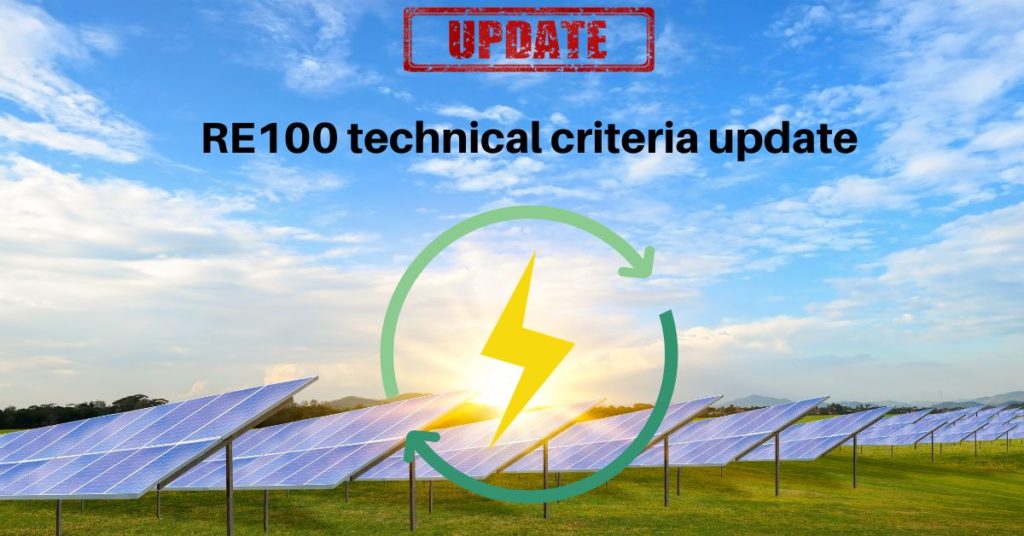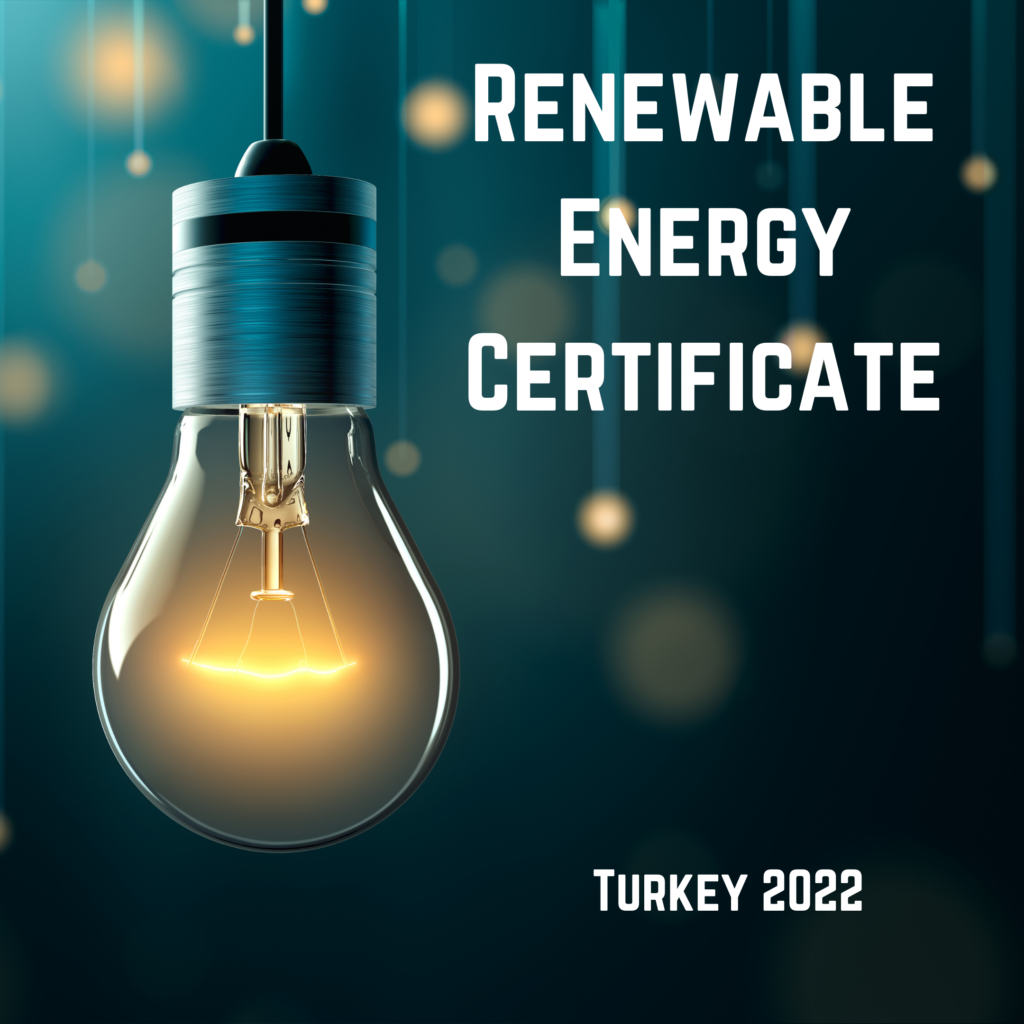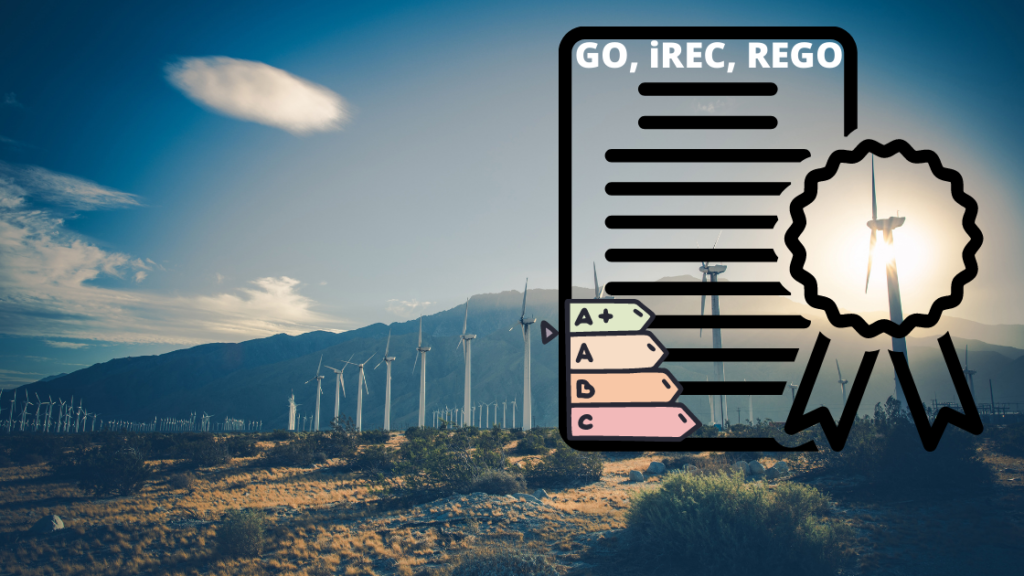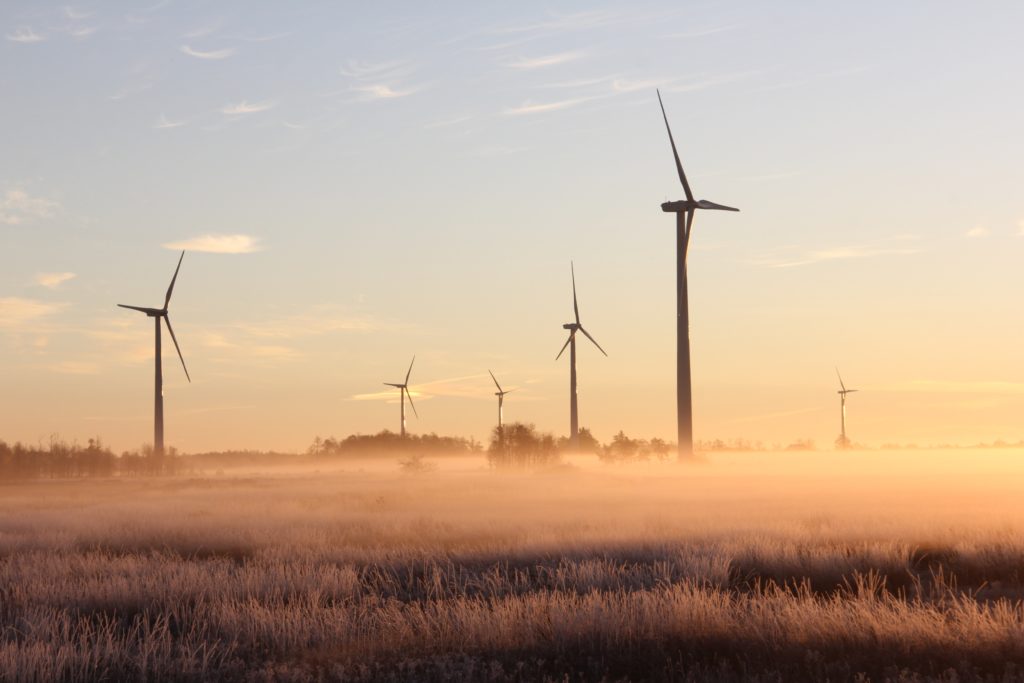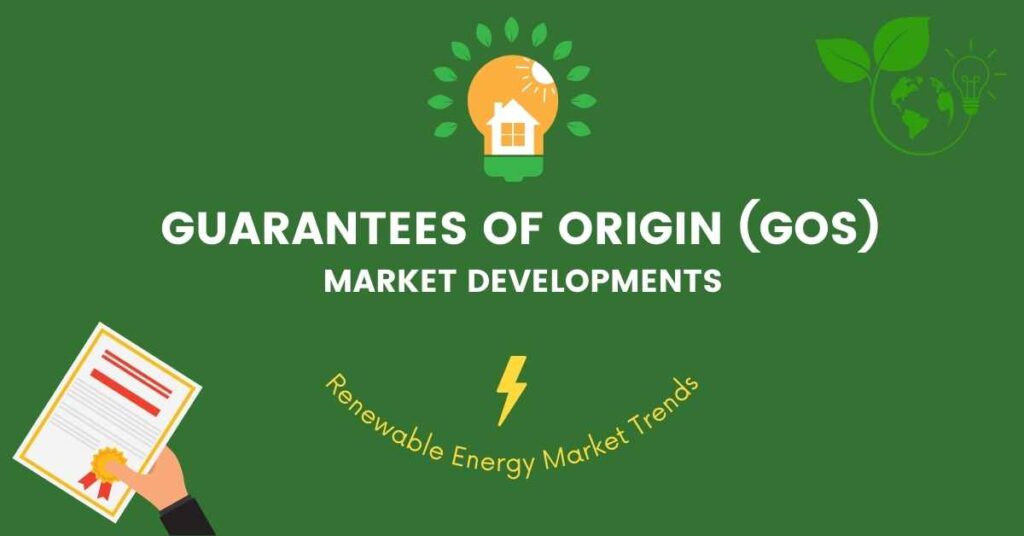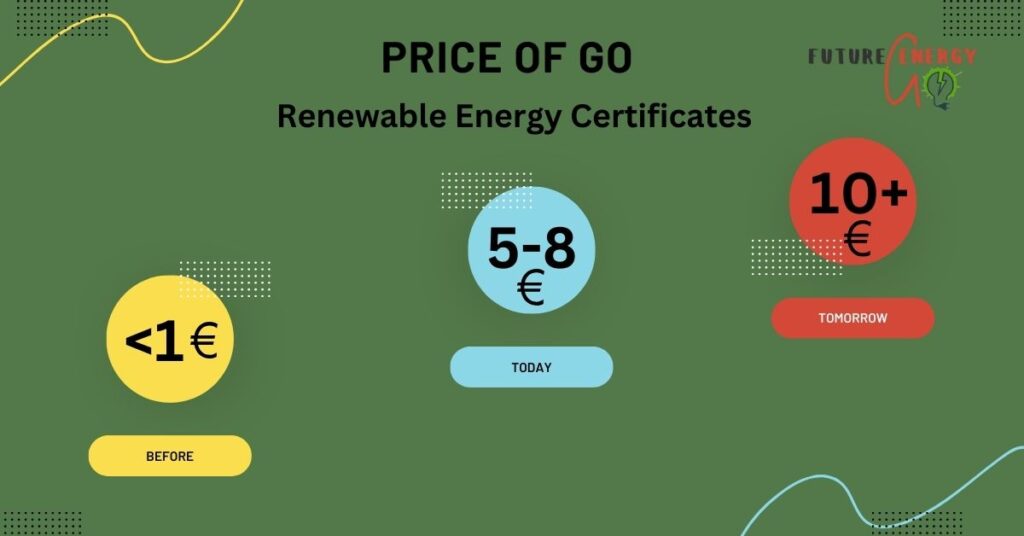This week, RE100 published its new technical guidance on the procurement of renewable energy certificates by corporates.
When acquiring renewable power and determining their progress toward their RE100 objectives, member firms of the RE100 association must adhere to the RE100 technical standards. Any corporate buyer may use the technical criteria as a reference for purchasing renewable power and making claims about its usage.
The technical criteria for the RE100 exist in the absence of a uniform worldwide framework that:
- Defines which energy resources are renewable;
- Defines requirements for credible claims to use of renewable electricity, including specific market boundaries;
- Outlines appropriate boundaries for organization-wide targets on electricity consumption;
- Defines material consumption of electricity in the pursuit of these targets;
- Calls for third-party verification of consumption of renewable electricity;
- Specifies impact in procurement of renewable electricity.
The technical requirements are mostly an interpretation of the scope 2 market-based accounting advice of the GHG Protocol Corporate Standard. RE100 considers electricity generated from the following energy resources to be renewable:
- Wind;
- Solar;
- Geothermal;
- Sustainably sourced biomass (including biogas);
- Sustainable hydropower.
Since hydrogen is not an energy resource, RE100 does not include it in this list. Instead, it is a power source that uses an underlying energy supply as an input. Therefore, hydrogen is only renewable if the energy source utilized to produce it is also renewable. Energy storage is not an energy resource, hence RE100 does not include it in this list either.
If it is produced properly, renewable electricity from sources like hydropower and biomass can help reduce carbon emissions. Only sustainably produced, renewable electricity from hydropower and biomass sources is recognized by RE100. According to RE100, this sustainability should be validated by independent certification.
Renewable energy that is automatically provided from the grid in markets with at least 95% of their energy coming from renewable sources and without any system in place to allocate renewable energy explicitly. Since there is no system for actively procuring renewable power from the grid and the generating mix is over 95% renewable, corporate consumers can consider all of the electricity they use from the grid as renewable.
Exceptions: Other markets with a high percentage of renewables on the grid such as Norway and Iceland are not eligible for passive claims because they have mechanisms for specifically allocating renewable electricity to corporate buyers. Passive claims are also not credible in markets with a highly renewable domestic generation mix, but also import significant amounts of electricity.
What’s new?
In the previous article, we discussed likely new RE100 market boundary rules and their impact. You can learn more here.
- Beginning with the 2023 disclosure cycle, RE100 members will have to declare the commissioning or re-powering dates of the projects that make up their sources of renewable electricity, including disclosure of an “unknown” date in cases where the information is not yet available.
- Corporate customers are excluded from the aforementioned criteria for the purchase of renewable power up to a cap of 15% of their overall electricity consumption.
- The new changes to the technical criteria apply to EACs sourced for consumption period from January 1st 2024 onwards, so none of the current GOs procured for CY2022 and CY2023 should be affected.
- When members of RE100 make their initial disclosures to RE100 for the twelve months beginning on or after January 1, 2024, the disclosures will be compared against the fifteen-year commissioning or re-powering date restriction.
- It is anticipated that members reporting on their purchases for the period of 1 January to 31 December 2024 in the 2025 disclosure cycle will have their compliance with the fifteen-year commissioning or re-powering date limit evaluated first in the 2025 annual disclosure report, which will be released in January 2026.
- The fifteen-year commissioning or re-powering date restriction is a requirement of the RE100 technical criterion for corporate customers of renewable electricity. GOs originating from long-term Power Purchase Agreements are free from these regulations.
- Also, starting from consumption period January 1st 2024 onwards, Polish GOs can no longer be used for other European countries’ consumption and EECS GOs can no longer be used for non-AIB markets.
The RE100 technical criteria are reviewed and updated every two years.
Default delivered renewable electricity from the grid, supported by EACs
Default delivered renewable electricity from the grid, supported by EACs. This is the renewable power that is provided by default and has not been voluntarily purchased by corporate purchasers from the mix of electrical utilities and suppliers. If and only if the utility or supplier retires an equivalent number of EACs, corporate purchasers may claim usage of default provided renewable power. In order to support their claims, corporate purchasers must ask their utility or supplier for the pertinent data.
For the sake of clarity, claims to default provided renewable power, backed by EACs, demand a lack of voluntary renewable electricity purchase. Corporate purchasers can only claim renewable energy that has been provided by default when they have a contract that covers default supplies from a provider. A corporate buyer who consumes 100 MWh, of which 60 MWh are supplied under a contract for renewable energy and 40 MWh are supplied under a default supply, is only entitled to the default delivered renewable energy that is supported by EACs and is contained in the 40 MWh conveyed by the default supply.
Impactful procurement
According to RE100, corporate purchasers themselves are pushing the transition to zero-carbon grids by self-generation or procurement from new projects through long-term, direct, or project-specific contracts.
Additionally, voluntary labels can be sought for EACs which might, for example, guarantee that the EACs are from recently commissioned projects. A non-exhaustive list of these labels includes the Green-e ®, EKOenergy ®, and Gold Standard ® labels. They can strengthen the impact and credibility of any procurement type that conveys EACs.
Tracking of Renewable Certificates
Tracking systems issue certificates in MWh, and each certificate contains the same essential data:
- Resource/fuel Type (e.g., wind, solar, etc.)
- Serial ID
- Generator ID
- Generator Name
- Generator Location
- Vintage (date of generation)
- Issuance Date
Project-specific versus retail supply contracts for renewable electricity
The following questions aid in identifying whether a given contract with a supplier must be characterized as ‘retail’ and not as ‘project-specific’.
- Is it known exactly which projects are used in the supply at all times?
If the answer to this question is ‘no’, the supply is not project-specific and must be characterized as a retail supply of renewable electricity.
- Can the supplier vary the projects used in the supply without the corporate buyer’s consent, or is the variation of the projects used in the supply not an explicit clause in the supply contract?
If the answer to this question is ‘yes’, the supply is not project-specific and must be characterized as a retail supply of renewable electricity.
If you are looking for a universal guide to renewable certificates procurement to achieve 100% renewable electricity target, please check the following article.


